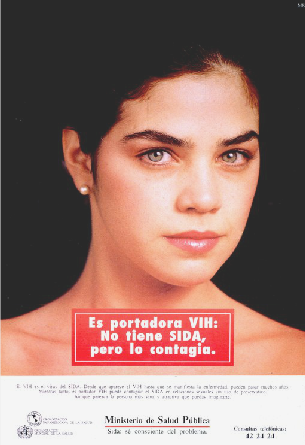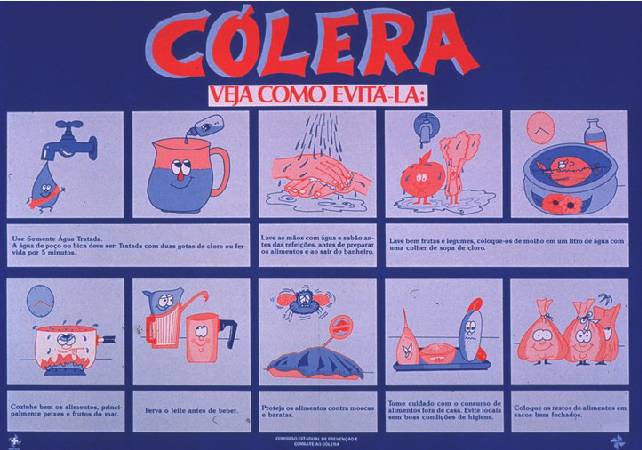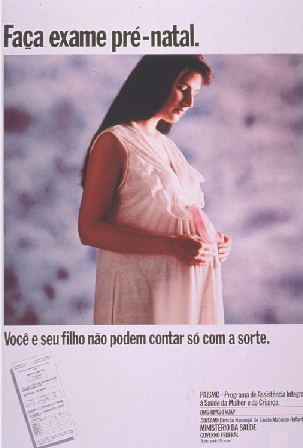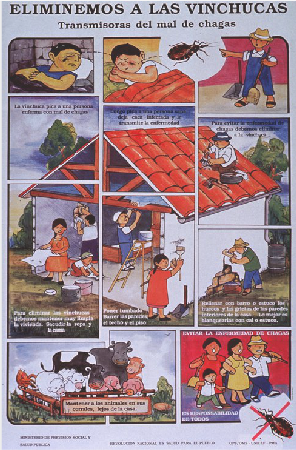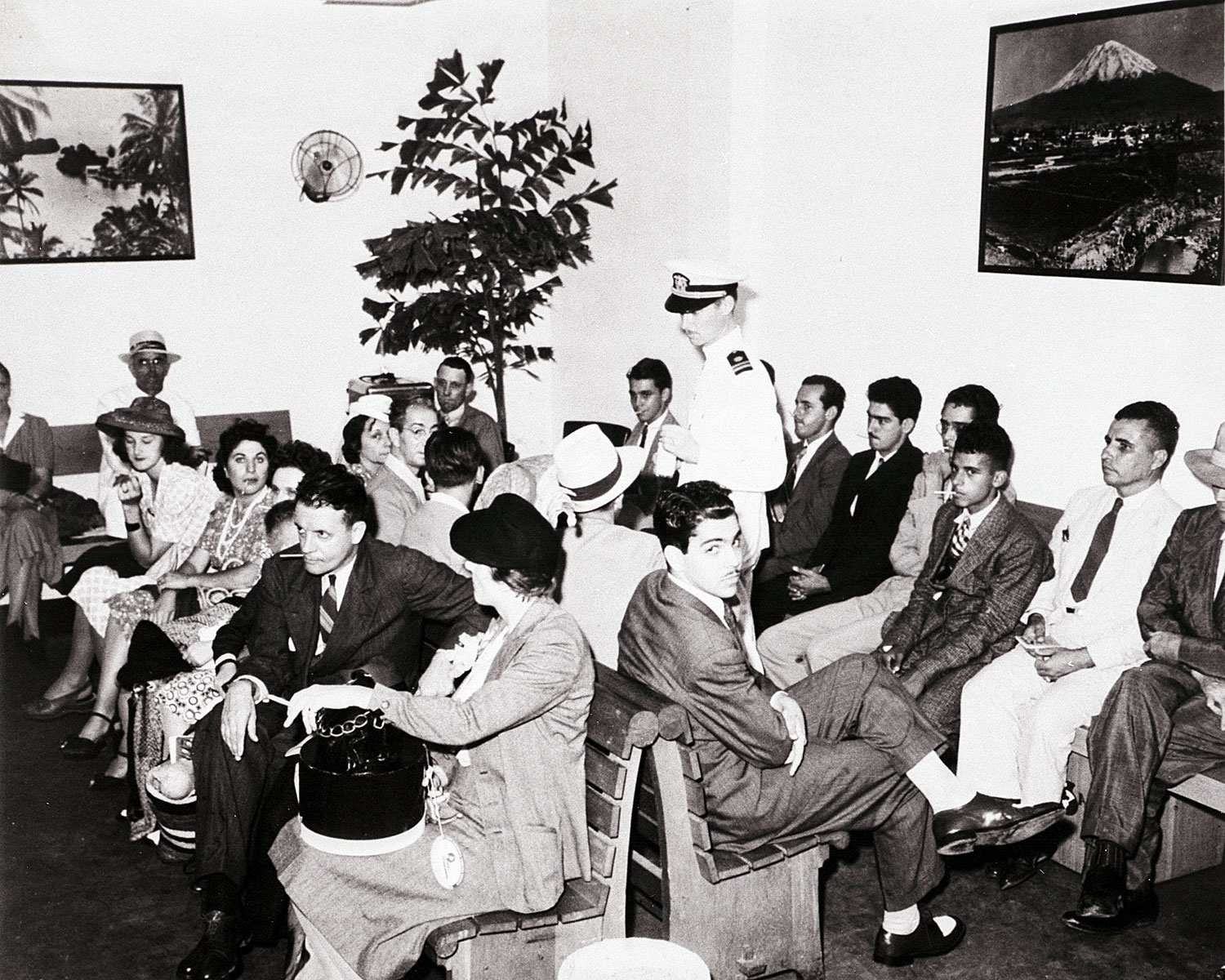Around the turn of the last century, the threat of epidemic diseases was all too real throughout the Americas. American nations were drawn closer together than ever before by international commerce and the many U.S. interests in Central and South America. The age-old tropical killers, especially yellow fever, as well as diseases like cholera, typhoid fever, and even the bubonic plague (brought from Asia) were a threat to the developing inter-American community. To ensure the unimpeded flow of commerce (and thus U.S. economic and political dominance), public health officials began an effort to sanitize port towns in order to prevent the spread of epidemics. The organization they formed in 1902 to accomplish this, the International Sanitary Bureau (ISB) (later renamed the Pan American Sanitary Bureau [PASB] and, ultimately, the Pan American Health Organization [PAHO]) not only succeeded in protecting inter-American commerce, but would actually reshape how governments and individuals in North and South America conceived of the objectives, purpose, and meaning of public health.
Historian of medicine Marcos Cueto averred that the PAHO helped propagate a new idea about health; it was no longer a mere personal aspiration, but an individual's legal and human right for which the state was responsible. Such a result could not have been realized without the fin-de-siècle convergence of new medical advances, such as Carlos Finlay's work on yellow fever, and the tightening of political relationships among the American republics brought on by the necessities of commerce (Cueto 2007). Soon, these countries began implementing the sanitation measures the PAHO created for ports in their other urban eras, promulgating public health to the people at large. (See the PAHO's "Sanitary Code" in the sources for details of their current objectives. Although the efforts began to protect trade and U.S. power, the PAHO has made general public health its priority).
Although the U.S. was and remains the most powerful of the thirty-five countries in the Pan American community (the main office is still in Washington, D.C.), Latin American countries were able to use the PAHO to realize policies that were often in opposition to those of the U.S. Anne-Emanuelle Birn pointed out how Latin American countries, building on native traditions and French influence, promoted maternal and child care at PAHO meetings long before such practices were in the mainstream and, despite initial resistance by the U.S., made infant mortality a priority throughout Latin America (Birn 2002). The sources on prenatal care and obstetrics illustrate just how important women's and children's health are to Latin America and, consequently, are first among the PAHO's current objectives.
Similarly, at the Pan American Congress for Eugenics and Homiculture (which met concurrently with the PASB), Latin Americans refused to adopt the far more racist variation of eugenic science endorsed by the U.S. According to historian of medicine Nancy Leys Stepan, Pan American eugenics was actually dominated by Latin Americans, who preferred social medicine, such as education and sanitation, to the harsh practices of the U.S., especially the forced sterilization of those deemed genetically unfit (Stepan 1991).
For over one hundred years, the PAHO has attempted to rid the Americas of disease, unsanitary living conditions, and ignorance regarding personal and public health. By refusing to be relegated to the periphery of this organization, Latin American countries have made the PAHO as truly Pan-American as possible.
Questions for further exploration:
- Consider the two cartoons meant to instruct the general public on sanitation (those on how to prevent cholera and chagas' disease). How has the pan-American health community contributed to the production of posters like these?
- Look at the source on AIDS. Is the PAHO's approach to fighting this relatively new disease similar or different to how it fought against endemics like yellow fever?
- The two international groups that have been most influential in shaping modern health practices in Latin America are the PAHO and the Rockefeller Foundation. Compare these two organizations. Which has had a larger overall impact on health and medicine in Latin America?
- How have Latin American countries shaped the PAHO's priorities and how has it benefited from them?
- Considering information found in this as well as other topics, how has the U.S. impacted the role of science and medicine in Latin America during the twentieth-century?
Further reading:
Birn, Anne-Emanuelle. "'No More Surprising Than a Broken Pitcher'? Maternal and Child Health in the Early Years of the Pan American Sanitary Bureau." Canadian Bulletin of Medicine. 19: 1 (2002): 17-46.
Cueto, Marcos. The Value of Health: A History of the Pan American Health Organization. Rochester, NY: University of Rochester Press, 2007.
Miller, Francesca. "The International Relations of Women of the Americas 1890-1928." The Americas. 43: 2 (October 1986): 171-182.
Pan American Health Organization website: www.paho.org.
Stepan, Nancy Leys. "The Hour of Eugenics": Race, Gender, and Nation in Latin America. Ithaca: Cornell University Press, 1991.
